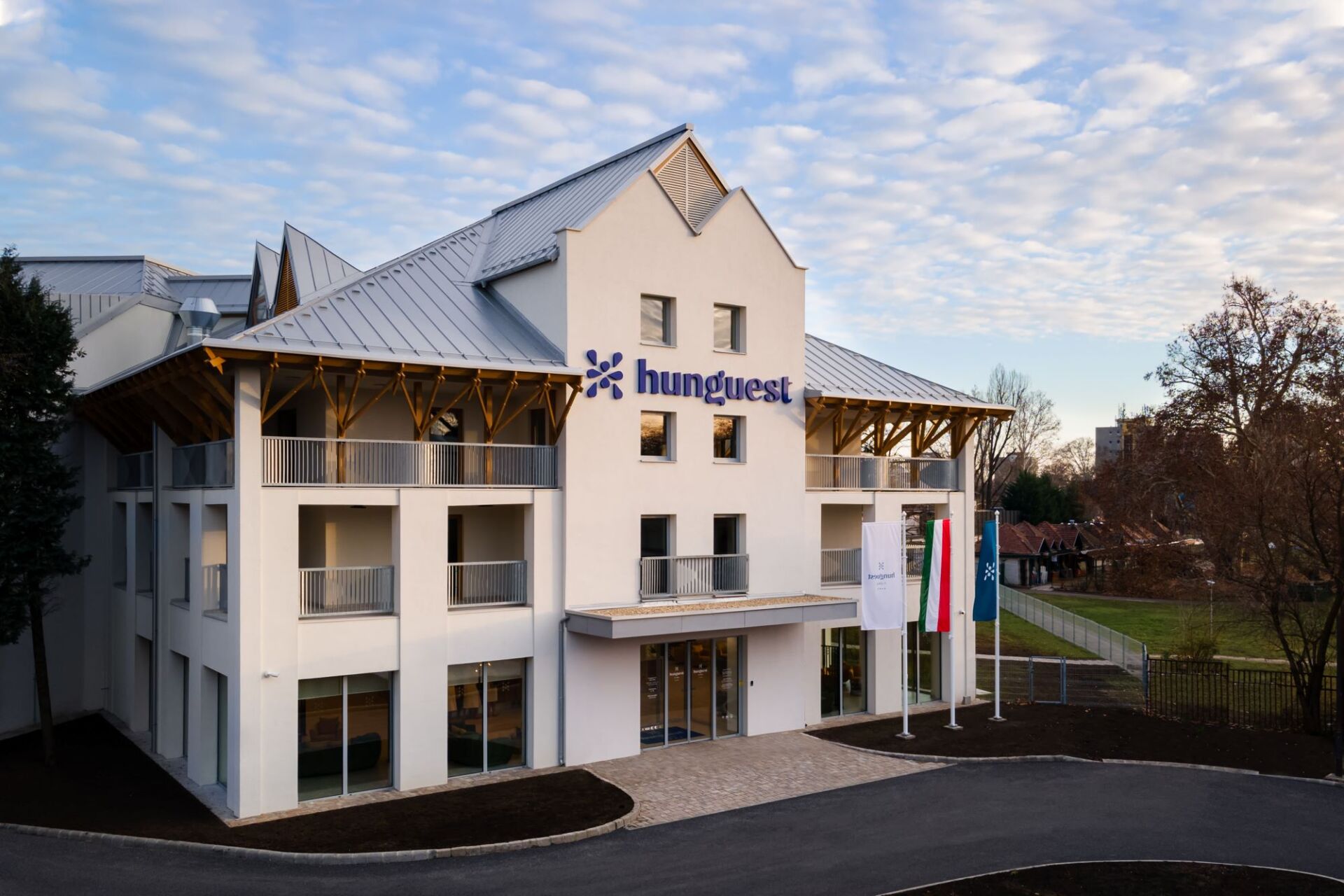
Eger is the third most frequented town of the country due to its nice geographical situation, regions of soft beauty, thermalbaths, wine and spa culture, and hospitality of its inhabitants. The most famous place of interest is the castle having had several sieges during the centuries, among the walls of which Géza Gárdonyi lies. In the historic centre there are several nice and valueable baroque and post baroque buildings. Minaret treasures the memory of Turkish occupation, from the balcony of which there is unique view to the town centre.
So many things to see...
Lyceum
Start your sightseeing walk on Eszterházy square, with impressive building of The Lyceum, built in late baroque style. Now a college, it was built at the end of the 18th century. The nationally famous diocesan library on the first floor, open to visitors, preserves old codices, manuscripts, and the only original letter by Mozart in Hungary. The library's ceiling fresco is also worth a look. The Astronomical Museum and The "Specula" periscope operating in the tower are also unique.
The Basilica is the only Classicist building in Eger and the second largest church in Hungary. The organ was supplied by the Salzburg Moser Company at the end of the 19th century. During high season visitors can hear an organ presentation around noon. After a short walk you can get to Juggling (Szemfényvesztés) Exhibition which shows the life of the blind.
Walk along Tárkányi utca (street) to the entrance to Érsekkert (The Bishop's Park). The 22-acre park dating from the era of Bishop Eszterházy preserves the traditions of French park-building art. Open to the public since 1919.
Walk back along Egészségház street to Kossuth Lajos street. On the left observe the Francisian Church, on the right the Grand Provost's Palace. The County Hall, 9. Kossuth Lajos street, houses in its courtyard the uniquely beautiful wrought iron gate by Fazola Henrik. The former prison building houses a local history exhibition preserving the atmosphere of the 18th and 19th centuries, and the county sports history exhibition. Kossuth Lajos street leads to Dózsa György Square, from here the entrance of the Castle can be seen. Inside the Castle tunnels, Heroe's Hall, the Local History Museum, Gallery, Garden of Ruins, tomb of Gárdonyi Géza, Ispotály Cellar, Waxworks and Mint offer students and adults various ways of enjoying their free time.
The Minaret is the northernmost historical building from the Turkish era in Europe. Its floor plan is a 14-angle geometrical shape; its height is 40 metres. The tower of carved sandstone, has survived the centuries relatively well. Inside its tall trunk, 97 spiral steps lead to a round balcony embraced by an iron banister. The panorama makes the climb a worthwhile sacrifice. Now walk down to Dobó Square.
Dobó Square is the most uniform and closed square of Eger. The works of Kisfaludi Stróbl Zsigmond and Stróbl Alajos, on the main square, commemorate the 1552 glorious victory againts the multiple superiority of the Turkish army: around 2000 people defended the castle againts the 40-50 thousand strong Turkish army. Dobó István and his handful army swore to defend the castle and fight to the end. Following the near 40-day siege, the Turkish army left. The Eger heroes, defenders of the castle-considered the gateway to the north-managed to stop the expansionist Ottoman army. The turks managed to take the castle only in 1596, when it was defended by mercenaries. Before regulation, the Eger Creek, the former border between Heves and Borsod Counties, flooded the city several times. Many believe the city was named after the alder tree, still indigenous along the creek.
The Minaret is the northermost historical building from the Turkish era in Europe. Its floor plan is a 14-angle geometrical shape; its height is 40 metres. The tower, of carved sandstone, has survived the centuries relatively well. Inside its tall trunk, 97 spiral sreps lead to a round balcony embraced by an iron banister. The panorama makes the climb a worthwhile sacrifice. Szépasszony-völgy, with some 200 cellars, has been connected with the fame of Eger wines for centuries. The name of the valley is lost to legend. According to Bakó Ferenc ethnographer, "Szépasszony" (beautiful woman) was a goddes of pre-historic religion, similar to Venus, the goddess of love. Sacrifices were offered to her at this location. Farmers speak of a famously beautiful woman who used to sell Eger wine in one of the cellars. According to others, the valley was named after one of the light-blooded, beautiful ladies of a noble villa. The origin of the name, as well as the time the first cellars were constructed, cannot be determined by archives. The cellars are carved into the several hundred meter thick rolite tufa found in the Eger area. This material can be formed perfectly, and it can maintain wine at the permanent temperature of 10 -15 °C. Furthermore, the mosses and noble mould to be found in the cellars establish a unique atmosphere. Their pleasant fragrance helps the mellowing of the wine and the formation of its aroma.
TRADITIONAL PROGRAMMES IN EGER
New Year's Concert - traditional festive concert (January)
Eger Spring Festival - art festival from every fields of art (March-April)
Army Bands's Festival - a jamboree of brass and woodwind bands (June)
The Feast of Eger Bikavér - wine-food gala (July)
Castle Games - historical war-games and spectacles, music and dance of the period, organised in the Eger Castle (July)
Festival in Baroque Eger - classical and popular musical events (July - August)
Wine testing - wine producers will present different wines of North-East Hungary wine regions (August)
Szépasszonyvölgy Feastival - national wine-song singing competition and food programme (August)
Agria International Folk Dance Festival - convention of folk dance groups (August)
The Benediction of Wine On the day of Saint John - the traditional celebration of the new wine, wine exhibitions (December)
Wine Show of Eger - presentation of the new wines by Eger wine producers (December)